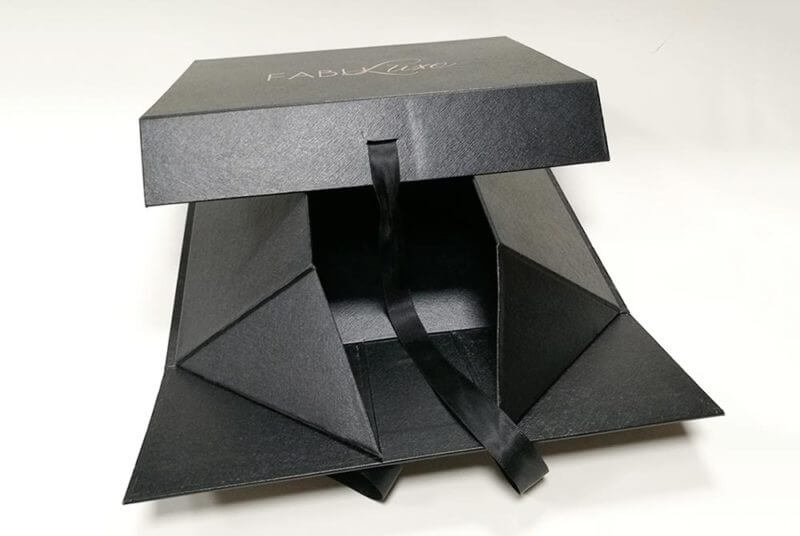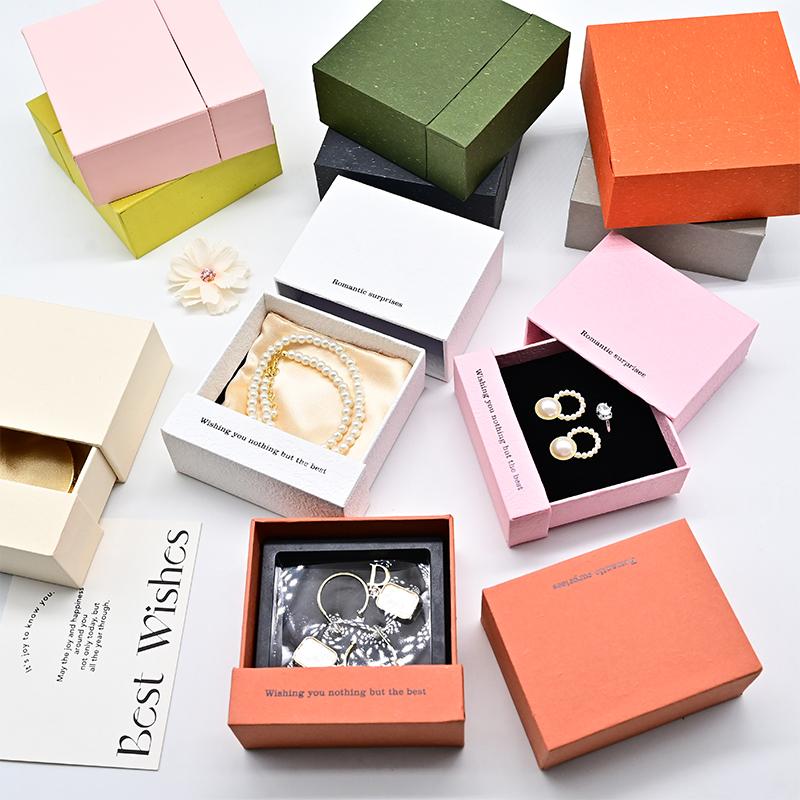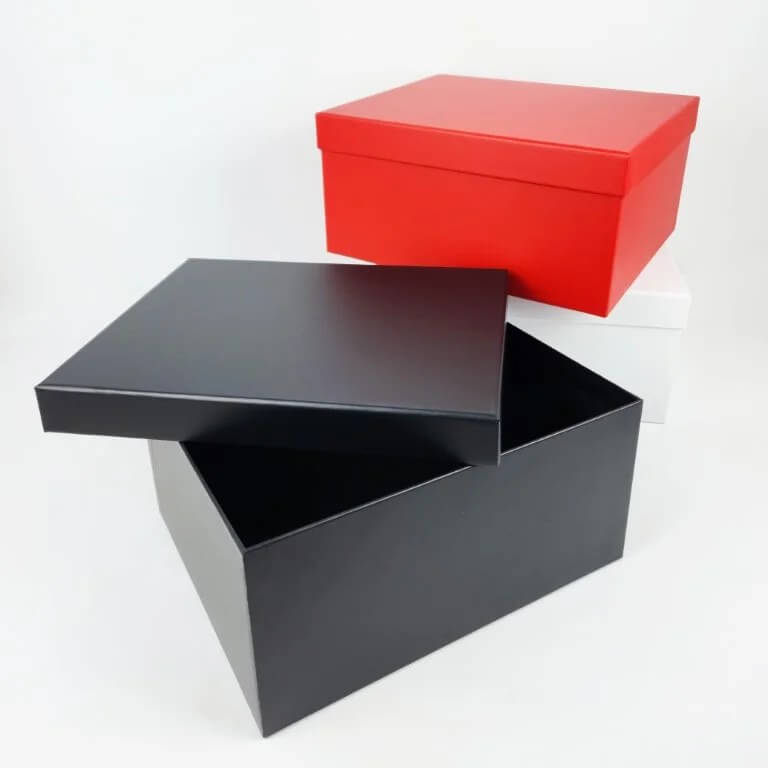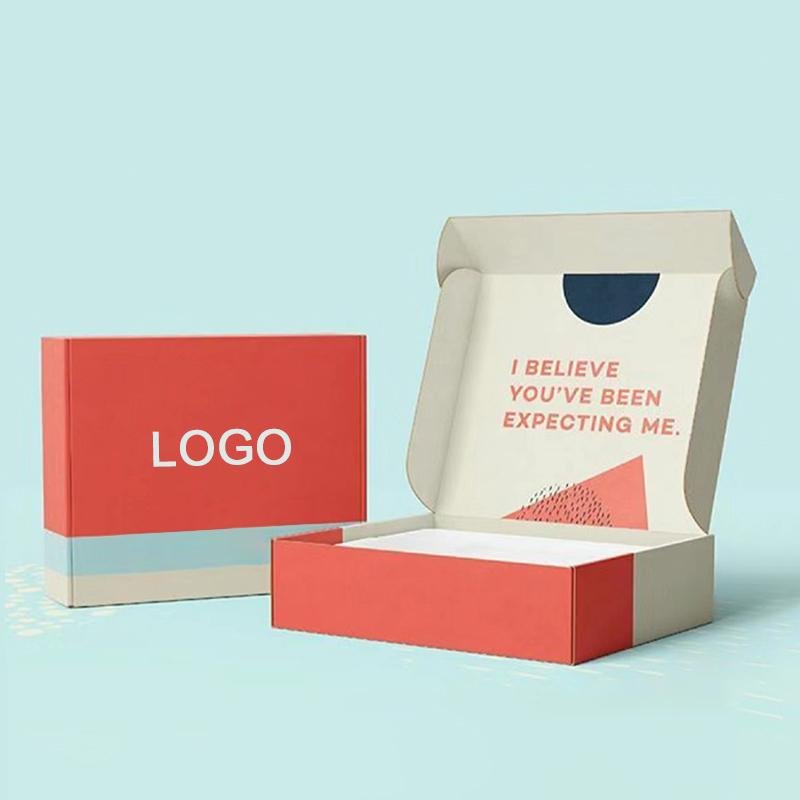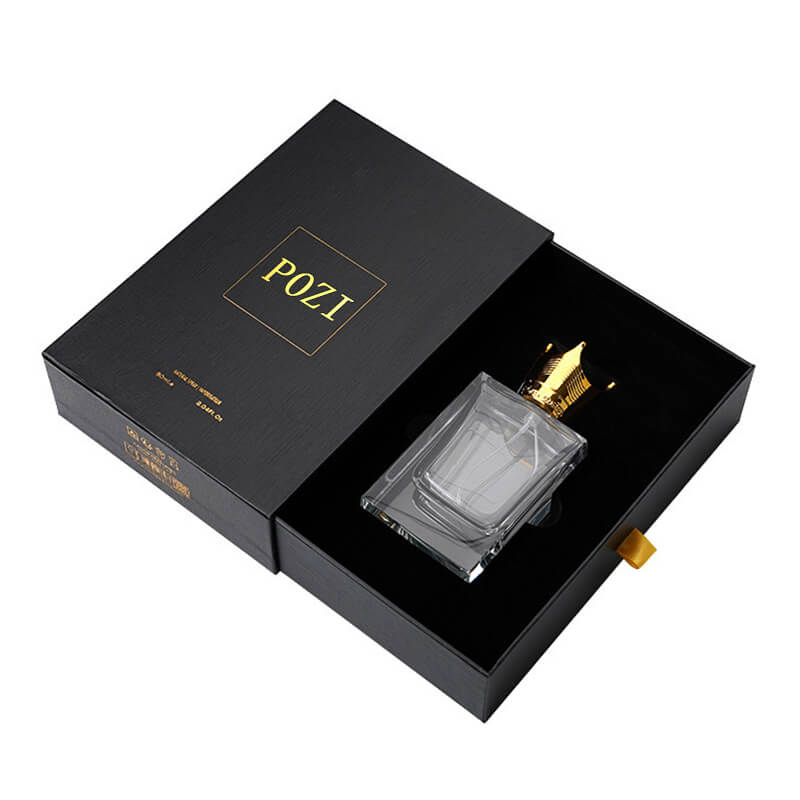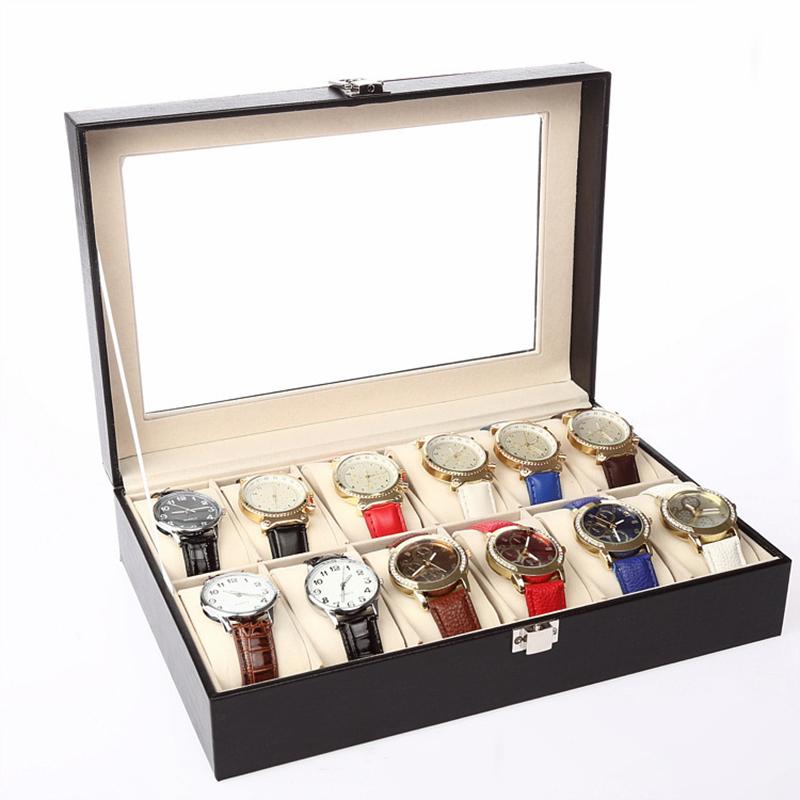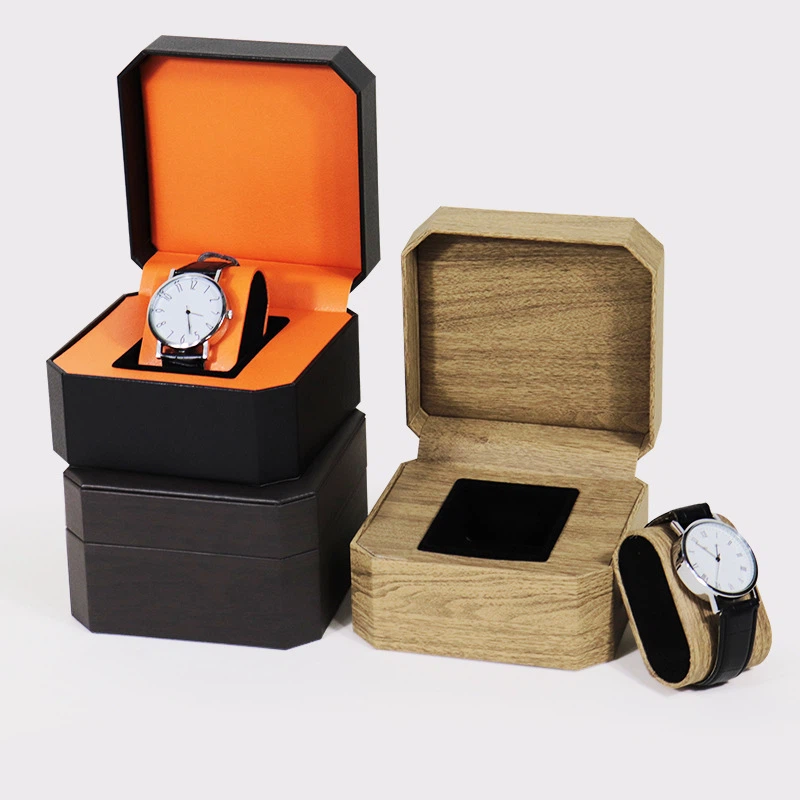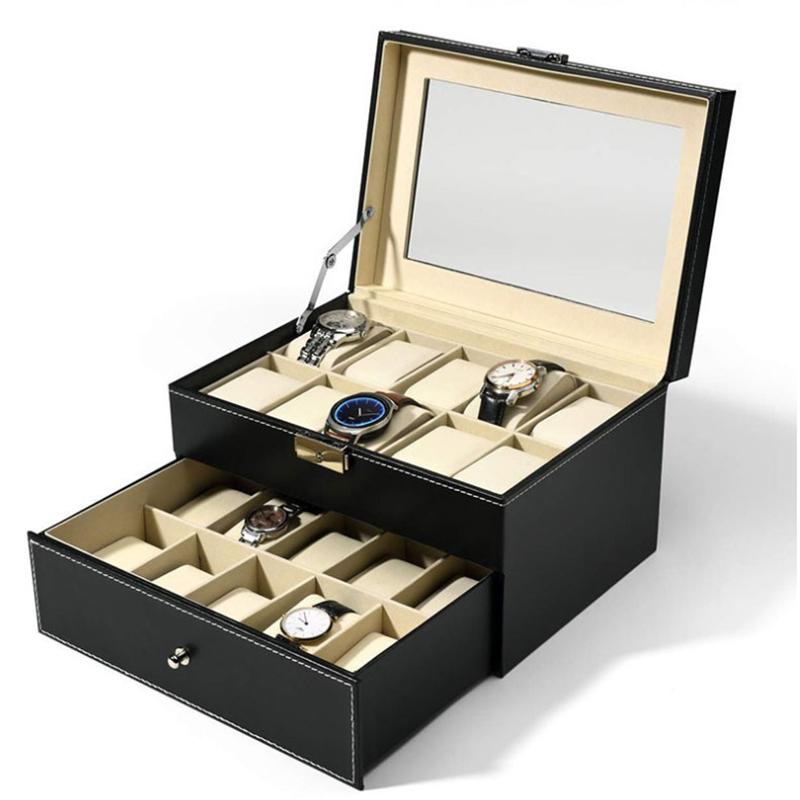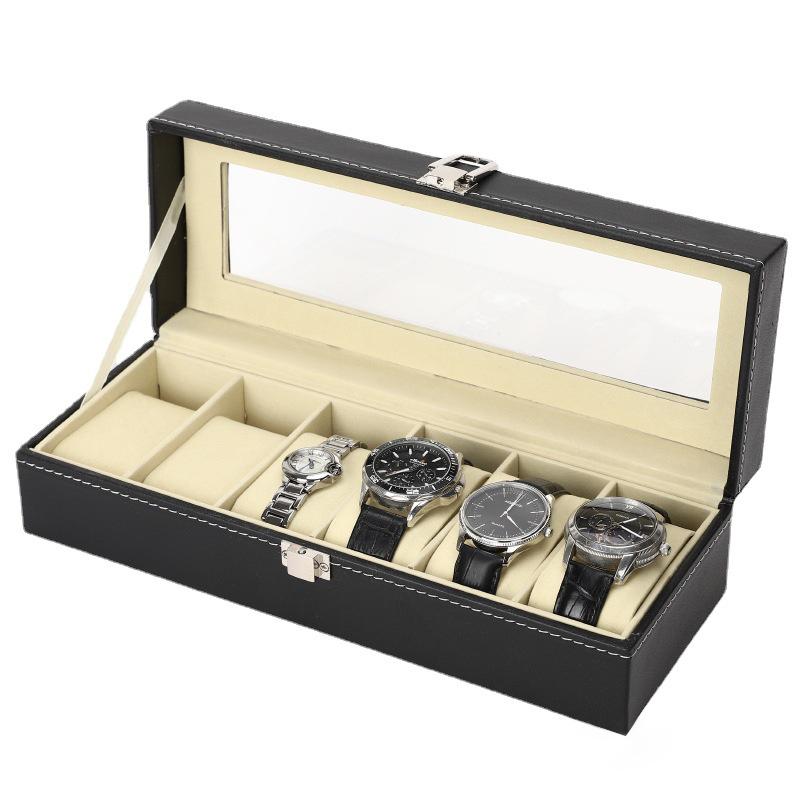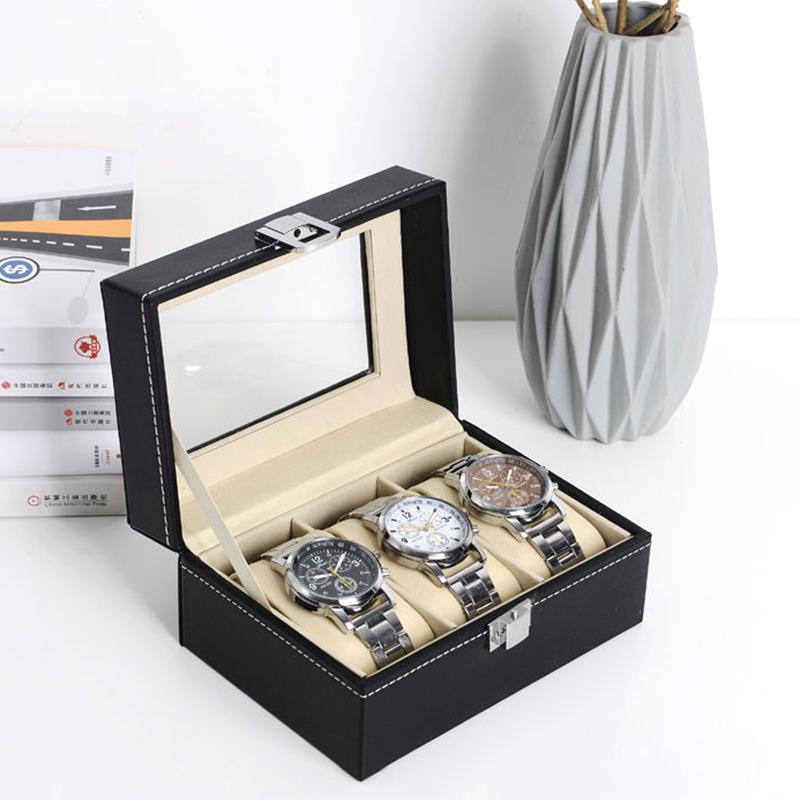The Crucial Role of Packaging in the Medical Device Industry
When it comes to medical device packaging, there’s no room for compromise. Whether you’re shipping a wearable diagnostic device, a surgical tool, or a high-value implant, the box you choose plays a critical role in safeguarding the product, maintaining sterility, and ensuring regulatory compliance. That’s where custom rigid medical device boxes come into play. These boxes are more than just containers—they are engineered barriers designed to protect your device’s integrity while enhancing your brand’s professionalism and trust.
Rigid boxes offer structural strength that outperforms folding cartons and flexible packaging. Their durability, combined with customizable inserts and premium materials, makes them the preferred solution for sensitive or high-value medical products. From OEM kits to consumer-facing packaging, they help brands meet both regulatory requirements and end-user expectations.
What Are Custom Rigid Medical Device Boxes?
Custom rigid medical device boxes are premium-grade packaging solutions made from sturdy chipboard or paperboard, designed specifically to hold, protect, and display medical equipment. Unlike standard folding cartons or corrugated shipping boxes, rigid boxes are non-collapsible and retain their shape, offering a high level of durability and presentation quality.
These boxes are fully customizable in terms of size, shape, material finish, and internal structures such as foam inserts or thermoformed trays. This allows you to tailor the packaging to the exact dimensions and fragility of your product—whether it’s a diagnostic sensor, a handheld monitor, or a sterile surgical kit. With options like magnetic closures, embossing, UV printing, and anti-tamper seals, custom rigid medical packaging not only secures the product but also elevates the unboxing experience for end-users or medical professionals.
Key Benefits of Rigid Packaging for Medical Devices
Choosing rigid boxes for your medical devices provides distinct advantages that go beyond aesthetics. These benefits directly impact your product’s safety, compliance, and market competitiveness.
- Structural Integrity: Rigid packaging is inherently strong and durable, minimizing the risk of damage during transport or handling. This is especially critical for sensitive diagnostic tools, surgical kits, and electronic devices that require consistent protection throughout the supply chain.
- Regulatory Confidence: Medical products often need to meet stringent regulatory standards. Rigid boxes can be designed to include tamper-evident seals, cleanroom-compatible materials, or secure closures, helping you meet compliance requirements across various markets.
- Custom Fit & Functionality: Internal inserts such as molded foam or plastic trays ensure that the product doesn’t shift during transit, while also enabling easy unpacking for medical personnel. This tailored fit supports both user convenience and sterile handling protocols.
- Enhanced Brand Credibility: In a market where trust and precision matter, premium packaging communicates professionalism. High-end finishes, accurate color printing (such as Pantone-matched brand colors), and refined opening experiences reflect the quality of your product.
Use Cases Across the Medical Sector
Custom rigid medical device boxes are widely used across a broad spectrum of healthcare fields, each with its own packaging demands. From delicate electronic instruments to complex surgical kits, rigid packaging ensures product security and compliance at every stage.
- Diagnostic & Imaging Equipment: High-value tools like portable ultrasound devices, glucose monitors, or EKG equipment require robust external protection and anti-static internal cushioning to prevent damage or data loss. Rigid boxes provide layered defense for these sensitive items.
- Surgical & Procedural Kits: Instruments used in surgical trays or minimally invasive procedures are often housed in foam-fitted rigid boxes to ensure sterility, tool arrangement, and ease of access for surgeons and nurses.
- Implants & Orthopedic Devices: Rigid packaging offers both protection and clean presentation for items like bone screws, pacemakers, dental implants, and prosthetic components. Custom inserts allow for secure positioning, while branding on the outer box builds trust with clinicians and patients.
- Home Healthcare Devices: Blood pressure monitors, thermometers, and personal-use medical kits often require packaging that’s both protective and consumer-friendly. Custom rigid boxes enable a premium retail presentation while safeguarding functionally critical contents.
Customization Options: Materials, Inserts & Branding
When it comes to packaging medical devices, customization isn’t just about aesthetics—it’s about performance, compliance, and trust. Custom rigid boxes allow you to tailor every aspect of the packaging to your product’s unique requirements.
Material Selection
Most custom rigid medical device boxes use high-density paperboard, chipboard, or grayboard, often laminated with waterproof or antimicrobial coatings. Depending on whether the box will be stored in sterile environments, transit conditions, or consumer-facing displays, different material grades can be selected. FDA-grade coatings and medical-grade linings can also be applied for enhanced protection.
Internal Inserts & Fitments
Precision inserts are often essential for securing fragile devices and maintaining sterility. Options include:
- Die-cut EVA foam for shock absorption
- Vacuum-formed trays for shaped protection
- Anti-static linings for electronics
- Sterile pouches or thermoform liners for implants
These inserts are not only protective but also help improve device handling during unpacking and use.
Branding & Information Printing
In the medical field, trust and clarity are everything. Custom rigid boxes allow for:
- High-definition branding: Embossing, foil stamping, and UV spot varnish help your brand stand out professionally.
- Regulatory labeling: Compliance with FDA, CE, and ISO standards requires accurate data display. Custom printing ensures all regulatory markings, instructions, and warnings are clearly visible and protected.
- Instructional elements: QR codes, usage illustrations, or multi-language guides can be integrated directly into the box’s inner flaps or sleeves.
Meeting Regulatory and Sterility Requirements
In the medical device industry, packaging must do more than protect the product—it must meet strict regulatory and sterilization standards. Custom rigid boxes offer a compliant platform for secure transport, labeling, and handling, especially for Class II and Class III medical devices.
Regulatory Labeling & Compliance
Custom rigid boxes can be engineered to support regulatory requirements across major global markets:
- FDA (U.S.): Labels with UDI (Unique Device Identification), tamper-evident seals, and sterility assurance markings.
- CE (Europe): MDR-compliant labeling zones with traceability elements.
- ISO Standards: Materials and packaging processes certified under ISO 11607 and ISO 13485.
Your custom packaging partner should have experience integrating these elements into the structural design and print layout of the box.
Sterility-Supportive Designs
While rigid boxes themselves may not be sterile, they are often used as secondary or tertiary packaging in sterile supply chains. Key features include:
- Double-walled structures to prevent microbial penetration.
- Moisture-barrier coatings that protect against humidity exposure.
- Compartmentalized inserts to maintain separation of sterile and non-sterile components.
For devices that undergo EO, gamma, or steam sterilization, the rigid box design must allow for air circulation and temperature endurance when stored adjacent to primary sterile packaging.
Tamper-Evidence & Anti-Counterfeit Measures
- Security seals or tear strips can be added to rigid lids.
- QR-coded serialization and holographic labels can verify authenticity and ensure supply chain transparency—especially important in regions with high counterfeit risk.
Choosing the Right Manufacturer: What to Look For
Selecting a packaging partner for custom rigid medical device boxes isn’t just about aesthetics—it’s about reliability, compliance, and specialized industry experience. The right manufacturer should act as a strategic partner who understands both the technical and regulatory demands of medical packaging.
1. Experience with Medical Device Packaging
Not all rigid box suppliers are equipped to handle medical-grade requirements. You should prioritize manufacturers that:
- Have a track record in healthcare, pharma, or biotech packaging.
- Understand sterilization compatibility and cleanroom handling.
- Can assist with documentation for FDA, MDR, or ISO compliance.
2. Material and Structure Expertise
From coated paperboards to specialty inserts, your manufacturer should offer:
- Medical-grade substrates that meet regulatory and hygiene standards.
- Precision die-cutting for complex inserts and component protection.
- Sustainable materials where applicable, with traceable sourcing.
3. In-House Design & Prototyping Capabilities
Speed-to-market and testing are critical in the medical field. Choose a supplier that provides:
- CAD structural design for validation.
- 3D mock-ups and prototypes for stakeholder review.
- Sample test runs for durability and fit accuracy.
4. OEM & Private Label Support
If you’re a medical brand looking for white-label opportunities, your manufacturer should support:
- Logo and brand identity customization (even in minimalist medical styles).
- Serialized printing or unique ID systems.
- Discreet drop-shipping and confidentiality agreements.
Working with a manufacturer who combines quality control, medical packaging knowledge, and agility can reduce delays, minimize risks, and protect your brand reputation.
Frequently Asked Questions (FAQ)
1. What materials are commonly used for custom rigid medical device boxes?
Medical rigid boxes typically use high-grade paperboard, chipboard, or fiberboard laminated with medical-compatible coatings. They may also include foam, thermoformed plastic, or molded pulp inserts for protection and organization.
2. Are rigid boxes suitable for sterilized medical devices?
Yes, rigid boxes can be designed to accommodate sterilized items, provided the materials are compatible with ethylene oxide (EtO), gamma, or steam sterilization. Barrier films or pouch-in-box systems may be integrated to preserve sterility.
3. Can I include instructions, labeling, or serial numbers on the box?
Absolutely. Custom printing allows integration of IFUs (Instructions for Use), regulatory symbols (CE, FDA), batch numbers, or serialization for traceability and anti-counterfeiting.
4. What’s the MOQ (Minimum Order Quantity) for medical rigid packaging?
It varies by manufacturer, but many offer low-MOQ custom runs (as low as 500 units) with scalable production options for larger quantities. This is ideal for startups or pilot product launches.
5. How long does the custom box production process take?
Standard timelines range from 2–4 weeks depending on the complexity of design, regulatory printing requirements, and prototyping phases. Urgent projects may be expedited under special arrangements.
Why Choose POZI Packaging for Custom Medical Device Boxes
When it comes to packaging solutions for medical devices, POZI Packaging delivers more than just boxes—we deliver trust, precision, and compliance. Here’s why companies across the healthcare and life sciences sectors choose to work with us:
1. Medical-Grade Expertise
Our team understands the stringent requirements of medical device packaging. From Class I to Class III products, we help ensure your packaging meets regulatory expectations for safety, sterility, and identification.
2. Certified Manufacturing & Clean Handling
POZI Packaging operates under ISO-certified environments with strict quality control procedures. Whether you require FDA-compliant labeling or cleanroom-compatible materials, we maintain the standards needed for your peace of mind.
3. Turnkey Customization Capabilities
From box structure and foam inserts to sterilizable coatings and multilingual IFU inserts, every component is engineered to match your device’s form and function—without compromising your brand aesthetic.
4. Low MOQ & Flexible Scaling
We support both startups launching their first product and multinational brands scaling global distribution. Our low minimum order quantity and scalable production model give you the agility to grow without overcommitting inventory.
5. Speed, Support, and Prototyping
Our streamlined prototyping and sampling process ensures you can visualize, test, and validate your rigid medical packaging before full production. With responsive technical support and on-time delivery, your launch stays on track.
Get Started with Your Custom Rigid Medical Device Boxes Today
Whether you’re preparing for a product launch or looking to improve your current packaging compliance and branding, POZI Packaging is ready to support your next step. From concept to completion, we’ll help you design custom rigid medical device boxes that not only protect your product but also inspire confidence in doctors, patients, and procurement teams.
Let’s collaborate on packaging that speaks your brand’s values while meeting the highest safety and regulatory standards. Request a free consultation, explore prototyping options, or get an instant quote tailored to your requirements.
Contact POZI Packaging now—your trusted partner for premium medical device packaging.
Table of Contents

